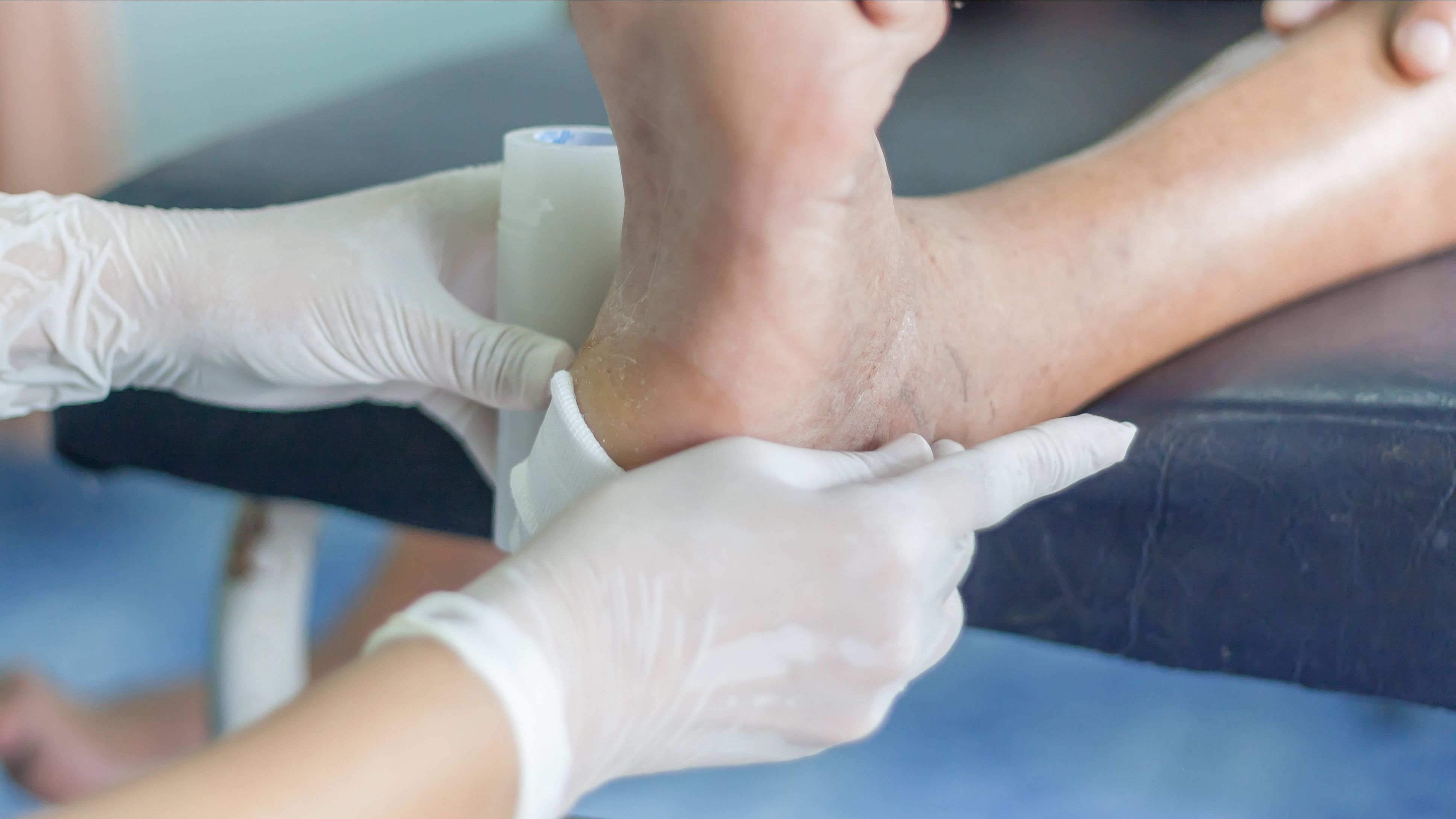
Bengaluru: In an attempt to enhance early screening of diabetic foot disorders, the Bengaluru Science and Technology (BeST) cluster at IISc is looking to expand its digital podiatry clinic (D-PoC) model across primary health centres and taluk hospitals in the state.
D-PoC will assist doctors in screening patients’ feet and predicting their likelihood of developing diabetic foot complications, such as ulcers and peripheral neuropathy (nerve damage leading to loss of sensation), over time.
“There is a 25% chance that diabetic patients will develop foot ulcers. Of these, 50% are likely to get infected, 50% of whom will need an amputation,” said Dr Belehalli Pavan, diabetic foot expert and orthopaedic surgeon at the Karnataka Institute of Endocrinology and Research (KIER).
“An early foot assessment can help prevent amputations by ensuring that preventive podiatry treatment and foot support reach patients.”
The D-PoC is currently running at KIER in Bengaluru, where 10,289 patients have been screened for diabetic foot complications over the past two years.
Diabetic peripheral neuropathy was detected in 8,437 patients (82%), peripheral arterial disease in 1,234 patients (12%), and diabetic foot ulcers in 3,395 patients (33%). A demo was also conducted at Arogya Soudha from August 26 to September 5, screening 100 people.
How does D-PoC work?
The D-PoC consists of three devices connected to a dashboard and a trained paramedic to assist the patient. Patients first fill in their diabetes history, symptom duration, medication and other details in a handheld device, creating a diabetic foot registry.
Patients then step on a pedo-scanner to capture and display the pressure points of their feet, followed by an assessment with a portable device called ‘Neurotouch’ to identify the level of peripheral neuropathy. The patients then undergo Ankle Brachial Index (ABI) and Toe Brachial Index (TBI) tests to check for blood-flow obstructions to the foot.
Through D-PoC, BeST is enabling the creation of digital twins of each patient’s feet for the diabetic foot registry, capturing their complete physiology.
“These can be used for improved foot care. Doctors can measure disease progression and digitally compare it with the actual progression,” said Ravi Tennety, CEO, BeST cluster, Bengaluru.
“The digital foot twin will change the way diabetic foot is seen in India. We call it predictive podiatry. We are developing machine learning algorithms to predict how the patient’s feet will behave in one, five or 10 years,” Dr Pavan told DH.
BeST is in talks with the state health department and private foundations to set up noncommunicable disease (NCD) nodal points in primary health centres and taluk hospitals across Karnataka, Ravi added.
A senior state health department official acknowledged ongoing talks. “When the formal proposal is submitted, it will go through the technical committee for necessary approvals. Once we get the go-ahead and the budget is set, we can implement it,” he said.”
Highlights - Early screening D-PoC model helps docs predict diabetic foot complications Enables creation of digital twins of feet for diabetic registry Custom footwear KIER has the tech for customised self-offloading footwear based on D-PoC data Prototype designed at IISc; FootSecure begins trials for manufacturing